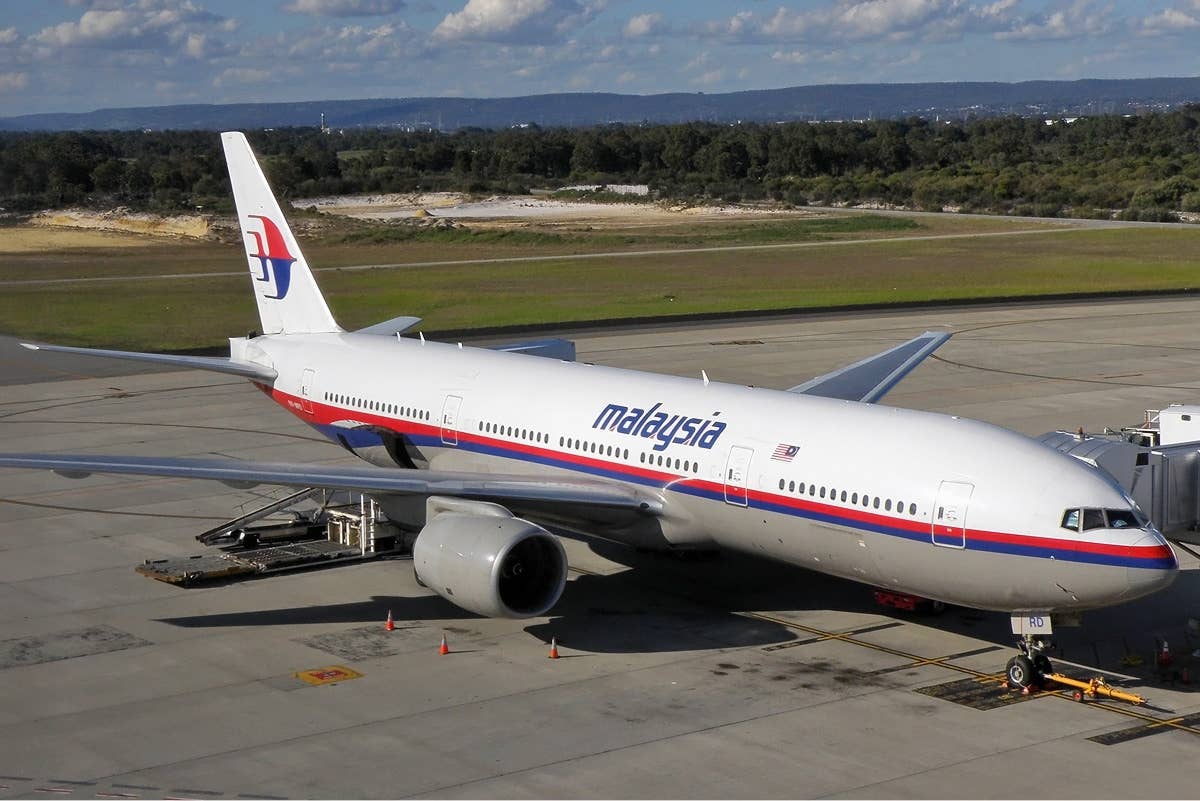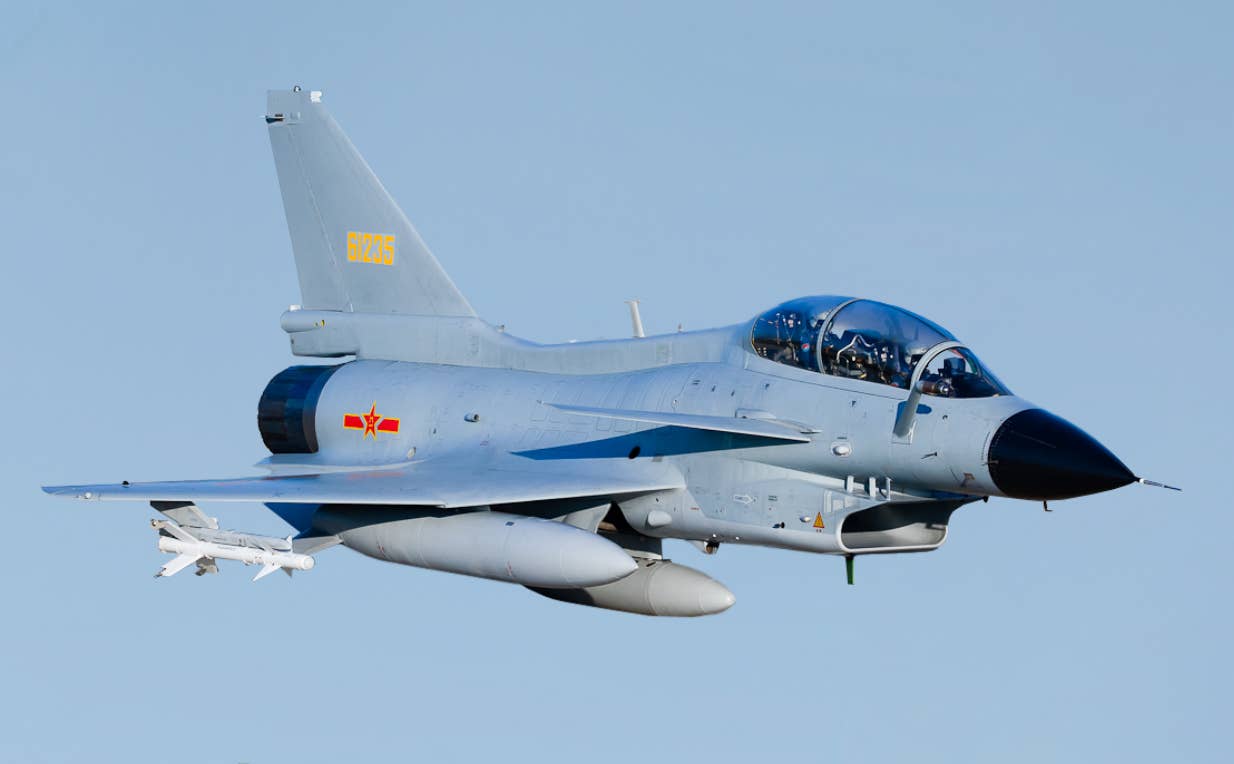Senator Urges Caution With Auctioning Frequencies
Radio altimeters and other vital avionics could be at risk

Senator Maria Cantwell. Credit: U.S. Senate
Yesterday, Sen. Maria Cantwell (D-Washington), Ranking Member of the Senate Committee on Commerce, Science, and Transportation, sent a letter (posted below) to Transportation Secretary Sean Duffy concerning risks to aviation safety related to possible auctioning by the Department of Defense (DoD) of federal spectrum bands that could compromise frequencies vital to the National Airspace System (NAS).
The senator’s concerns included several spectrums up for possible auction, including the “upper C-Band,” which is close to the frequencies used by aircraft radio altimeters. Current radio altimeters are not certified to operate with high-power emissions at such proximity on the spectrum. According to the Senate committee statement, “[A]viation industry and government studies have shown these emissions would compromise the safe functioning of these systems.”
Cantwell’s letter raised the concern that not properly coordinating with the FAA and DoT as to what operations are launched in the upper C-Band range “risks a repetition of the 2021 5G C-Band rollout, when the FAA was forced to issue emergency airworthiness directives, institute flight restrictions around airports nationwide, and nearly ground all commercial flights across the country.” The resulting disruptions cost airlines an estimated $2.1 billion and disrupted passenger traffic across the country, she wrote. “Given the efforts you are undertaking to improve aviation safety, we cannot risk another disaster.”
Another area potentially up for auction is the frequency range between 1780 and 1850 MHz, which contains “FAA spectrum assignments for airborne telemetry and data links which could further disrupt the NAS and critical FAA safety operation,” according to the Senate statement. The senator added in her letter to Secretary Duffy, “I know you are committed to the safety of the traveling public and therefore urge you to push the DoD to coordinate how vital spectrum resources are being managed and ensure that no efforts are underway to auction spectrum essential to the safety of the NAS.”
May 12, 2025
Dear Secretary Duffy:
I appreciate the Department of Transportation’s steadfast commitment to protecting the traveling public and maintaining the safest aviation system in the world. That commitment to safety is why I write today regarding spectrum auction proposals the Department of Defense (DoD) and some in Congress are now advancing. Because the safety and effectiveness of the National Airspace System (NAS) depends on the Federal Aviation Administration (FAA) managing radar, navigation, and safety-critical systems on airplanes, decisions to repurpose federal spectrum must be taken only after the Department, the FAA, and industry have validated that any transition can proceed without jeopardizing aviation safety.
Foremost among my concerns is a DoD proposal that the Federal Communications Commission (FCC) auction 420 MHz of spectrum, including the entire 3900–4200 MHz “upper GHz “upper C?Band.”[1] This band is directly adjacent to where aircraft and helicopter radio altimeters operate in the 4200-4400 MHz band. Radio altimeters and filters in the present commercial fleet were never certified to operate with high power emissions originating this close to their receive frequencies, and studies conducted by the aviation industry and the government have shown that adjacent 5G emissions would create significant harmful interference and prevent the safe functioning of these systems. Although next-generation radio altimeters are being designed to tolerate higher interference levels, their performance requirements will not be finalized by the Radio Technical Commission for Aeronautics (RTCA) until March 2027 or approved by the FAA until a later date.[2]
Proceeding to auction the entire upper C-Band, without coordination with or concurrence from DOT, FAA, and the aviation industry, risks a repetition of the 2021 5G C?Band rollout, when the FAA was forced to issue emergency airworthiness directives, institute flight restrictions around airports nationwide, and nearly ground all commercial flights across the country. These disruptions cost air carriers an estimated $2.1 billion and disrupted passenger travel across the nation.[3] Given the efforts you are undertaking to improve aviation safety, we cannot risk another disaster.
Other frequencies that DoD has proposed for auction serve critical aviation and public safety functions. The 1300–1350 MHz segment hosts the FAA’s long-range Air Route Surveillance Radars, which separate aircraft during the enroute phase of flight. These systems are critical to aviation safety and replacing them could entail a decade-long procurement with costs reaching into the billions of dollars. Based on discussions with the National Telecommunications and Information Administration, I understand that a multi-agency effort has been ongoing since the first Trump Administration, and has found that auctioning this band and relocating federal systems is not a viable path forward. DoD also proposed auctioning the 1780–1850 MHz band, which contains numerous FAA spectrum assignments for airborne telemetry and data links essential to safe operations, potentially further disrupting the NAS and critical FAA safety operations.
In addition to impacts on aviation, DoD has also recommended that the 5850–5925 MHz band be auctioned. DOT and the automotive industry are using this band to deploy technology enabling collision avoidance, work zone warnings, and emergency braking systems that could dramatically reduce crash rates. Connected Vehicle to Everything (CV2X) crash avoidance technology relies on the spectrum in this band. DOT and the automotive industry have invested hundreds of millions of dollars into developing and deploying this technology and have spent over a decade working to get it into vehicles on the road. Auctioning this band now would only detract from efforts to make our roads safer.
Additionally, some in Congress have proposed auctioning the 2700–2900 MHz band, where Airport Surveillance Radars, Terminal Doppler Weather Radars, and NOAA’s NEXRAD weather radar network provide real-time situational awareness for pilots, controllers, and emergency personnel responding to weather-related emergencies. Any disruption to these systems would have direct and dire consequences for aviation and public safety.
I know you are committed to the safety of the traveling public and therefore urge you to push the DoD to coordinate how vital spectrum resources are being managed and ensure that no efforts are underway to auction spectrum essential to the safety of the NAS. To assist the Committee in evaluating the safety implications of these proposals, please provide written answers to the following questions by May 27, 2025.
- Did DoD or Secretary of Defense Hegseth consult with you or the Department before recommending the auction of the full 3900–4200?MHz band without a guard band, and did the Department concur in that recommendation?
- What financial, technical, and personnel resources would the FAA require to certify, procure, and install next-generation radar altimeters across the commercial fleet before operations in the upper C-Band could safely commence?
- How long would such a process take?
- How would clearing or repurposing the 1300–1350 MHz band affect FAA long-range surveillance radars, and what alternatives exist to maintain current levels of service or improved service?
- Has DOT evaluated potential interference to aviation telemetry in the 1780–1850?MHz band, and were you or the Department consulted by DoD or Secretary of Defense Hegseth before that band was identified by DoD for potential auction?
- Did DoD or the Secretary of Defense seek your or the Department’s agreement before proposing to auction the 5850–5925 MHz band that supports CV2X deployments, and what would be the impact on connected vehicle safety initiatives if that spectrum were reassigned?
- What would be the operational and public safety consequences of auctioning the 2700–2900 MHz band, and what timeline and cost would be required to replace Airport Surveillance Radars, NOAA Doppler weather radars, and related systems?
- From DOT’s perspective, what principles should guide an orderly, safety-first process for making any aviation-dependent spectrum available for commercial use?
- Are you aware if the bands DoD proposed for auction, which included auctioning numerous bands used by DOT and the aviation industry, were submitted to the Interdepartment Radio Advisory Committee (IRAC) at the Department of Commerce for interagency review and approval? If so, did DOT and FAA agree or object to this proposal?
Thank you for your prompt attention to this request.






